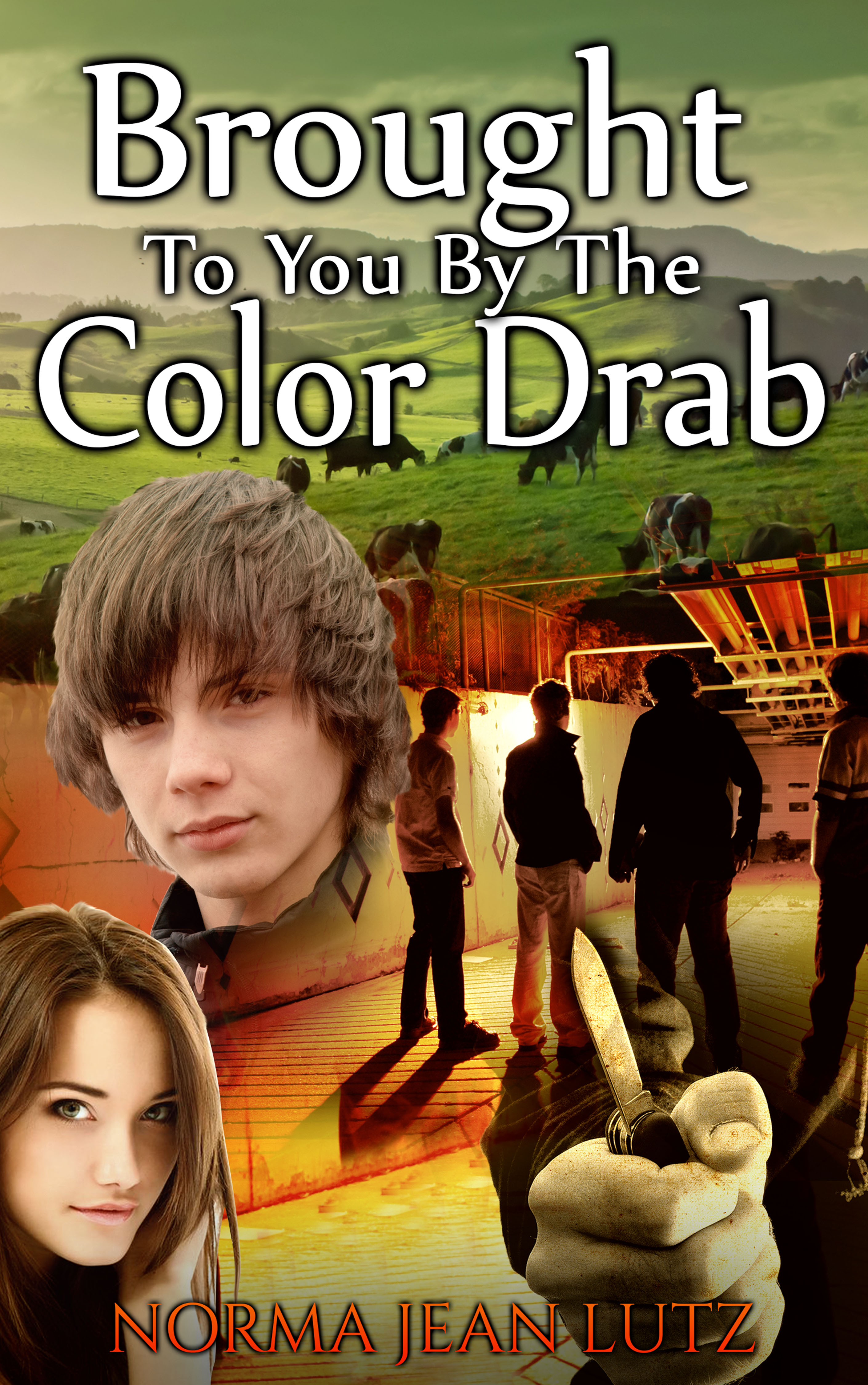 What is the Difference?
What is the Difference?
Want to know the difference between a good teacher and a not-so-good teacher? A not-so-good teacher is mainly concerned about the lesson material. The focus is on the lesson and how much can be dispensed at a time. A good teacher, on the other hand, is mainly concerned about the students and how well they are, or are not, receiving the materials that are being dispensed. And believe it – students know the difference. It doesn’t matter if the student is in fourth grade or in grad school.
Now take that concept and transfer it over into writing. What’s the difference between a good writer (or even a great writer) and a not-so-good writer? The not-so-great writer is deeply involved in the mechanics of writing and has forgotten about the critical process of reading. The good writer is not only concerned about the mechanics of writing, but also concerned with, and aware of, the readers. And believe it – readers know the difference!
Not Just for YOU
Writing will always be a two-way street. As the author, you are constantly in connection with your reader. [Note: If you are writing “just for yourself” that’s fine too, but just keep it contained in your personal journal.]
There is a pattern in the author-reader relationship, a pattern you would do well to study, explore, and seek to understand. The danger is for the aspiring author to take this relationship for granted. Sometimes it’s ignorance, sometimes it’s arrogance (Well, they just have to understand and appreciate what I’m doing; I’m an artist after all), either way it’s author suicide. If you are of the mindset that “literature exists for itself and not for the reader,” you may be in for a rude awakening.
The best authors are those who have a clear understanding that readers want to play an active role when reading fiction. The best authors never treat their readers passively!
Consider this: every work of fiction, every story, is a puzzle waiting to be solved. The reader loves trying to figure out the solution to the puzzle. It’s the role of the author to drop good hints and yet keep the total solution out of sight until the end.
The puzzle must be hard enough to test skills of deduction, but not so hard that there is no change of solving it.
 When reading the works of Rosamunde Pilcher, I love the way she always surprises me at the end. She has me thinking it is the end, but she has one (sometimes two) more twists to the plot up her sleeve. And when it surprises me, I’m impressed with her plotting abilities. And I know she is thinking about ME the reader!
When reading the works of Rosamunde Pilcher, I love the way she always surprises me at the end. She has me thinking it is the end, but she has one (sometimes two) more twists to the plot up her sleeve. And when it surprises me, I’m impressed with her plotting abilities. And I know she is thinking about ME the reader!
Oh No, Not Predictable!
One word that you never want to see (or hear) from an editor (or your reader, or your book reviewer) is “predictable.” A story that is too predictable is no fun. It’s like hearing an old joke–and you know the punch line. You may smile because it is sort of funny, but there’ll never be a belly laugh. And a plot that is predictable may be sort of enjoyed, but it won’t be a best seller. Nor will it be one that is beloved by your readers. Predictable is simply another word for boring.
Never make the mistake of treating your readers like empty-headed zombies. Remember that more than anything they want to be a part of your work!
Imagine yourself as one who works at a glasshouse maze at the carnival. You know the maze; you know how to get in, how to maneuver, how to get out. But the person coming in for the first time doesn’t know the way. As the author, it’s your job to take them by the hand and gently lead them along the way. You don’t run way ahead and leave them scratching their head and wondering. You don’t follow behind pushing and shoving and belittling them for not finding the way. There’s a balance, and once you strike that balance, you’ll be miles ahead in your fiction writing endeavors.
Come On In
Never be guilty of leaving your reader out of the writing process. What good is a storyteller with no one to listen to the story? And what fun is writing a novel (or short story) with no one to read it and enjoy it?
And in my humble opinion, writing for an audience of readers makes the writing process much less lonely! You’ll be saying, “Greetings Reader! Come on in!” And together you’ll move forward.

Want to know more about my action, adventure teen novel, Brought To You By The Color Drab?
Check out the novel video trailer:
You can read the first two chapters right here. Just click below.
Download Chapters 1 & 2 of Color Drab FREE
Just CLICK HERE!
![]()



